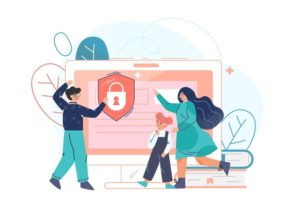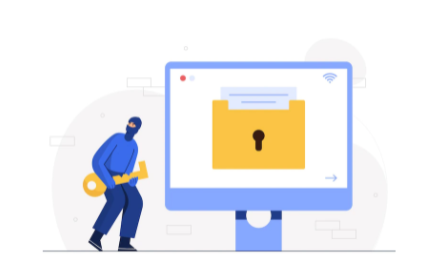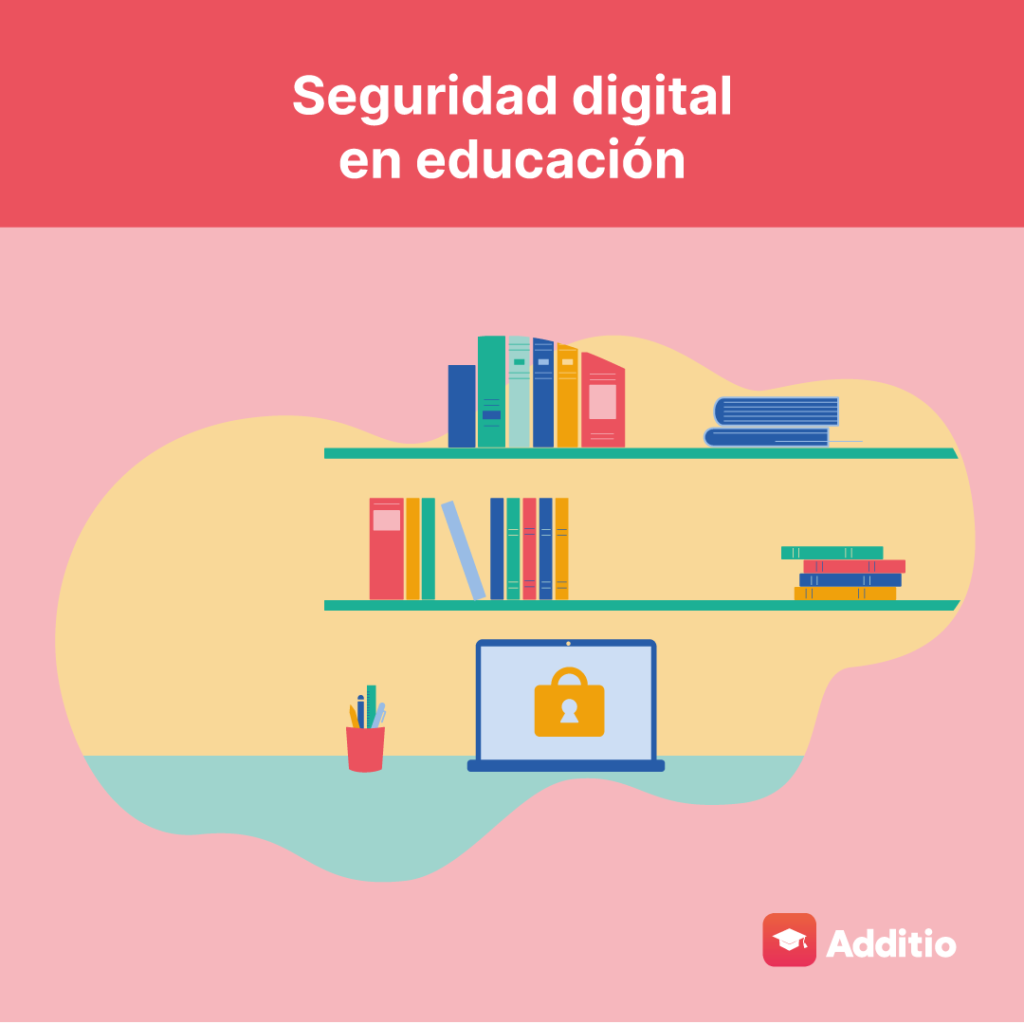In this era we are living in where technology is part of our daily lives, online insecurity has been accentuated by the pandemic and the need to work online most of our time.
Not only adults at work, but increasingly, children are constantly connected to the internet and using these new technologies, whether it is using a tablet to do homework or a computer to play an online game. But do we really know how important digital safety is?

What is Digital Security?
Let’s start by looking at what digital security is. In a nutshell, digital security is the area of protecting an organisation’s IT infrastructure, as well as the information it contains, from potential attacks or other similar risks.
In this aspect, digital security is concerned with protecting elements such as computers, servers, mobile phones, or any other connected computer system, through which valuable information circulates or is stored.
The importance of educating about Digital Security
The fact of working with these technologies on a daily basis has turned a large part of the population into digital addicts, who are not always aware of the risks they run every time they are exposed to the Internet, both inside and, above all, outside school.
To this we must add the fact that we cannot always be aware of what children are doing when they are surfing the Internet, so it is vital that no one better than them to understand the risks of not being prudent when using the Internet.

How can we work Digital Security in class?
1.Raise awareness among pupils
They should be aware of the risks involved in surfing the Internet without caution. Knowing who to turn to both inside and outside the school will help them to react more quickly and efficiently in the event of any strange behaviour or anomalies being detected online.
2.Understanding the correct functioning of ICTs
It is important that students understand that the ICT tools used in the classroom are exactly that, tools that help their educational development, which is why they should not use them incorrectly or abuse them. Likewise, there are two key aspects to bear in mind:
a. limiting the tools, thus using the tools that are essential and necessary in the classroom
b. establish rules of use by the school that students understand and comply with both inside and outside the classroom.

3.Establish individual passwords for each tool and platform
It is important to establish a separate access for each platform, portal or tool used. This will make it more difficult to access information in the event of a hacking attack that could compromise data.
We recommend using passwords that are long, not too obvious and avoid using first names, surnames or dates that may be easier to decipher. If they are difficult to remember, you can always use a password manager.

4.Teaching students to ask for help
Many children and young people who have been bullied online have not told until much later because of fear, shame or fear of reprisals.
It is up to the family and the school’s teachers to teach them to detect the danger signs and to create a climate of trust so that they know how to ask for help from the first moment they feel harassed or see that something is not right.
5.Know how to differentiate between “friend” and “network contact”
Sometimes children create profiles on other social networks and start socialising with other users. It is essential that children know how to distinguish what is a friend and what is a simple social network contact they do not know.

How can you work Digital Segurity at home?
1.Limiting screen time
Accurately limiting the time a child spends at school and at home in front of the computer is essential for him/her to interact with other children of his/her age and to acquire social skills.
By establishing timetables, we will be preventing future problems related to the so-called new addictions, such as technology, videogames, online shopping, gambling, etc.
Likewise, through these guidelines to establish limits of use and all kinds of practical resources we will help them to understand how to face this new digital challenge in the right way. In this way, families and school are working in the same direction with the sole objective of offering maximum safety to our pupils when using their digital devices.
2. Promote communication at home
It is important that, just as at school, students feel comfortable at home, knowing who to turn to in the event of a threat, and being able to talk about it without fear. It is important to detect these cases early, in order to prevent the problem from becoming more serious.

3.Keeping families updated in the field of technology
Technology is constantly changing and developing. It is vital that families are informed of important new developments and how they can work on them at home, as well as learning how to use the tools that students use in class so that they are advised at all times and can help their children at home in the event of any problems arising.

Get trained in Digital Security
From Additio, and together with the University of Girona and Aonia, we have created the Digital Security course, which will allow you to learn how to protect your data and devices, to know the copyright and licenses of use for a responsible and ethical use of the contents that we find or contribute on the Net, to know the ethical and pedagogical aspects of technology to be able to transmit it to the students and also to develop healthy habits in the use of technologies and to know and prevent risk practices generated by an inadequate use of technologies.



